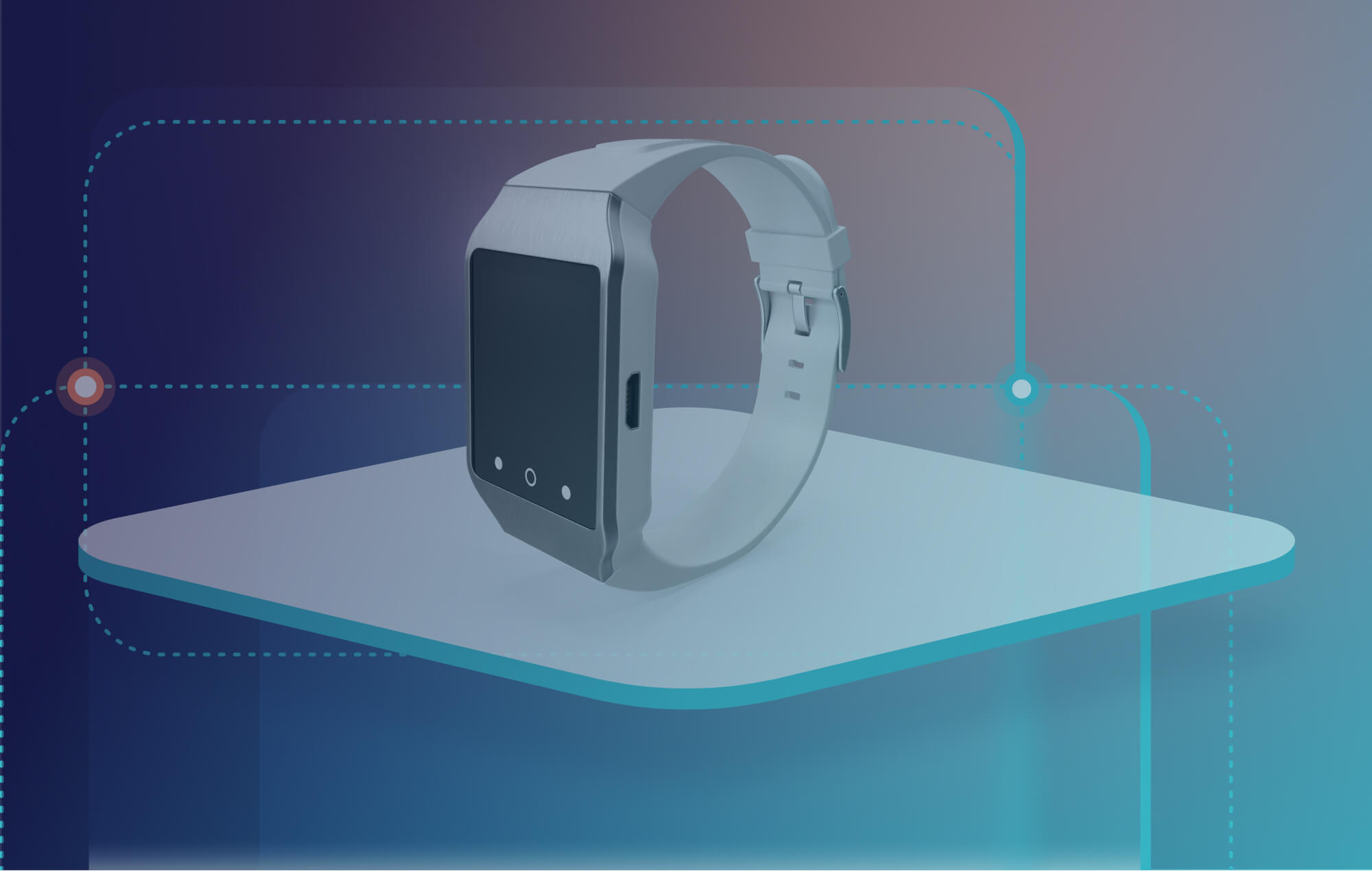Share
Demand for smart devices is higher than ever. The number of active IoT endpoints grew to 14.3B in 2022 and is projected to reach $16.7B by the end of 2023. But the growth in demand has been accompanied by a similar increase in customer expectations, also higher than ever. Amazon has not only conditioned consumers to expect lightning-fast shipping times but also returns that are just as quick and convenient. In 2022, total retail returns topped $816B. Online returns in the US alone hit $213B.
The National Retail Federation finds that for every $1B in sales, retailers incur $165M in merchandise returns, and that’s before they lose over 10% to return fraud.
Returns can be much more expensive than just the replacement cost and have impacts that last long after a replacement product is in a customer’s hands. For businesses selling any IoT products, here are 10 costs that business owners often overlook.
1. Cost of Customer Dissatisfaction
In today’s commoditized market, an unhappy customer can lead to long-term revenue loss. The percentage of dissatisfied consumers who have chosen to complain about a faulty product publicly has tripled to 9% in 2023 from 3% in 2020. And unfortunately, there’s no shortage of reasons why customers can be dissatisfied with a business or a product, such as:
- Buggy technology
- Outdated functionality
- Poor or non-intuitive user interface (UI)
- Lack of interoperability with other devices or platforms they use
- Inability to reach customer service
With so many ways to misstep with customers, a focus on quality control and premium customer service becomes critical. For example, say you’ve tested your brilliant new smart heart rate monitor; be sure you have a system in place to monitor its performance once it’s in customers’ hands. Even better? Have a way to regularly and continuously update and debug your product before a customer even knows there is a problem.
2. Customer Support Costs
In addition to costs related to customer dissatisfaction, providing customer support to users with malfunctioning products will incur costs as well. As a result of increased returns, businesses will need to invest in adequate customer support staff to manage the influx of support tickets.
While this might sound marginal, the costs can add up quickly — especially in the wake of the release of a faulty smart device. Payroll, maintenance, and software licensing fees related to customer support can strain an organization’s bottom line. While these costs do not generate additional revenue, they are required to retain customers.
3. Shipping and Handling Costs
At a time when businesses are contending with rising shipping and handling costs—not to mention a scarcity of warehousing availability—the increase in product returns threatens to impact the bottom line further. Research suggests that retailers can spend as much as 66% of a product’s original cost due to processing, necessary discounting and restocking, or liquidation. To optimize shipping processes—and eliminate unnecessary costs—make sure you have a holistic approach in place that accounts for inventory management, packaging design, and order tracking. Be sure that product descriptions are thorough and accurate. Providing more information on the front end will reduce surprises for the customer–and unexpected product returns for you.
4. Return Processing Costs
The administrative expense of processing returns can involve a slew of costs, including shipping, materials, customer service, diagnostic troubleshooting, restocking, replacement or repairs, disposal, and more. To best streamline refund processes, keep track of all expenses to catch which costs are most impactful. Returns management software can be extremely useful and eliminate some of the complexity. An alternative is to use a third-party returns management firm. Such firms often offer competitive or even lower pricing and can free up your team to focus on higher business goals.
5. Inventory Depreciation
Now that you have the returned item in hand, you need to figure out the best strategy to get it back out the door. Returned items can lose value over time, especially in the highly commoditized IoT space. Electronics retailers can minimize inventory depreciation by stocking products that hedge against it. Smart devices can be monitored and updated with the latest features as soon as they’re unboxed – lessening the likelihood that you’ll end up with returned items sitting in your office.
6. Lost Sales Opportunities
For retailers looking to maximize sales seasons and capitalize on shifting market trends, sunk capital means lost sales opportunities. It can lead to unnecessary inventory sprawl, with outdated items taking up valuable shelf space and cluttering an inventory management system with aging and disparate SKUs. Too much focus on reselling the product can lead to inefficient inventory management. At the same time, the pressure for lean operations can mean too quickly selling off returns to a liquidator for pennies on the dollar. Run your numbers to determine how long it makes sense to hold on to returns and at what point it makes sense to let them go. For items that can be repaired or refurbished, create a system for pricing and storage for resale or determine how components can be responsibly and ethically salvaged. Establish a process and stick to it, and you’ll avoid further losses due to indecision or second-guessing.
7. Customer Acquisition Costs
Make a customer happy, they’ll tell three of their friends. Make a customer unhappy, and they’ll tell a hundred. Winning back the trust and confidence of customers who’ve previously been disappointed with your product or business means you’re beginning behind the start line. Be sure you have a process for retaining customers after a return, such as offering discounts or personalized recommendations to demonstrate your commitment to keeping their business. Establish your brand as one that’s customer-centric. Hence, those who do return items are confident their issues will be resolved promptly, and potential customers know you’re a company to be trusted.
8. Fraudulent Returns
Fraudulent returns impact your bottom line and can undermine customer trust. Unchecked, these practices can lead to substantial financial losses and ultimately raise prices for your honest customers. To combat this, implement a robust set of preventative and detection measures, such as:
- Ensure your return policies are clear and transparent.
- Require proof of purchase for all returns.
- Utilize advanced technology, such as AI and machine learning, to identify unusual return patterns that may indicate fraudulent activity.
- Train staff to recognize red flags.
- Conduct random audits to deter potential wrongdoers.
9. Environmental Impacts
The reality of the era of convenient returns is that it introduces significant environmental costs. Each returned item generates a considerable carbon footprint, with transportation, repackaging, and additional handling contributing to waste and greenhouse gas emissions. Excess packaging, while protecting items during transit, often results in unnecessary waste, filling up landfills and putting a strain on natural resources. To mitigate these environmental impacts, prioritize sustainable packaging and disposal practices. Choosing eco-friendly materials and efficient packaging designs serves two critical purposes: reducing toxic e-waste and promoting environmental responsibility. Another option is to work with businesses building products that are designed to be long-lasting and reliable, helping to move the market away from planned obsolescence and toward sustainable product development and ownership.
10. Opportunity Costs
In the context of returns, opportunity cost is the value a business misses out on when a customer returns a product, as this customer might have made additional purchases or become a loyal, long-term client. Take proactive measures to recapture lost opportunities. Utilizing data-driven decision-making can be a powerful tool as it enables businesses to identify trends, improve products, and refine the return process.
The rise in demand for smart devices, accompanied by heightened customer expectations, has led to a related surge in product returns with significant financial implications. By addressing these unexpected costs and adopting proactive measures, businesses can better navigate the challenges of product returns and ensure a more sustainable and profitable future.
Share your thoughts about how you’re dealing with unexpected costs of returns in the comment section below.




